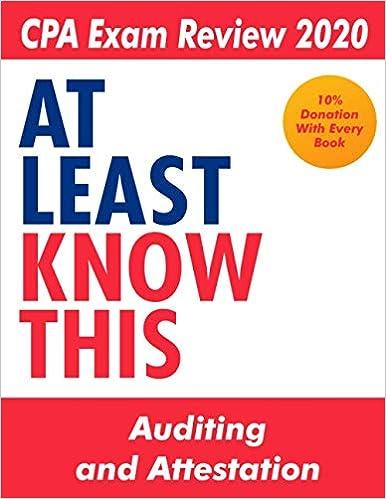Question
Within its first three years, the 2012 Chevy Volt fell in value 62 percent to $12,997 in 2015. And a 2012 Nissan Leaf fell in
Within its first three years, the 2012 Chevy Volt fell in value 62 percent to $12,997 in 2015. And a 2012 Nissan Leaf fell in value 66 percent to $10,220. Thats 22 percent a year, whereas the typical gasoline car depreciates 24, 15, and 12 percent its first three years (51 percent) for a 17 percent average per year. Indeed, at the extreme, a Honda Accord is worth fully 64 percent after three years (12 percent average per year). Clearly, the steep decline in gasoline prices in 2014 contributed to electric-powered vehicles depreciating recently much faster than gasoline powered vehicles. But hybrid-electric vehicles such as the Nissan Leaf and Chevy Volt and all-electric vehicles such as the Chevy Bolt face another problem as well?
Discussion Questions: What life cycle cost concept begins raising concerns by year 5 with any electric vehicle (EV)? If that issue affected resale value at year 5, would that affect perceived value-in-use? How exactly? Chevrolet relieved this concern recently by issuing a 10-year warranty on the Volt battery pack. Without incurring greater warranty expenses, could Chevrolet have used a high fixed residual in a closed-end lease for the the battery pack? Why would this have been a credible commitment about battery life and the durability of other related systems? In the commuter segment, should Chevy bundle maintenace contracts into the purchase price? Why or why not? What about emergency roadside assistance? Attributes like maintenance contracts and emergency roadside assistance can be bundled into the purchase price but not quoted separately (as with BMW maintenance contracts), or alternatively, they can be quoted separately even though purchase is mandatory (such as freight costs at Amazon or landing fees in airline fares).
This partitioning practice is appropriate: (1)when the extra expense is trivial (freight at Amazon), (2)when the seller does not control the imposition of the expense (landing fees in air travel), (3)when the basic product or service is subject to intense price comparison shopping, and (4)when the attribute is not pivotal to the customers primary benefit. In light of these points, should emergency roaside assistance for EVs be partitioned for the segment of customers who commute?
Step by Step Solution
There are 3 Steps involved in it
Step: 1

Get Instant Access to Expert-Tailored Solutions
See step-by-step solutions with expert insights and AI powered tools for academic success
Step: 2

Step: 3

Ace Your Homework with AI
Get the answers you need in no time with our AI-driven, step-by-step assistance
Get Started


